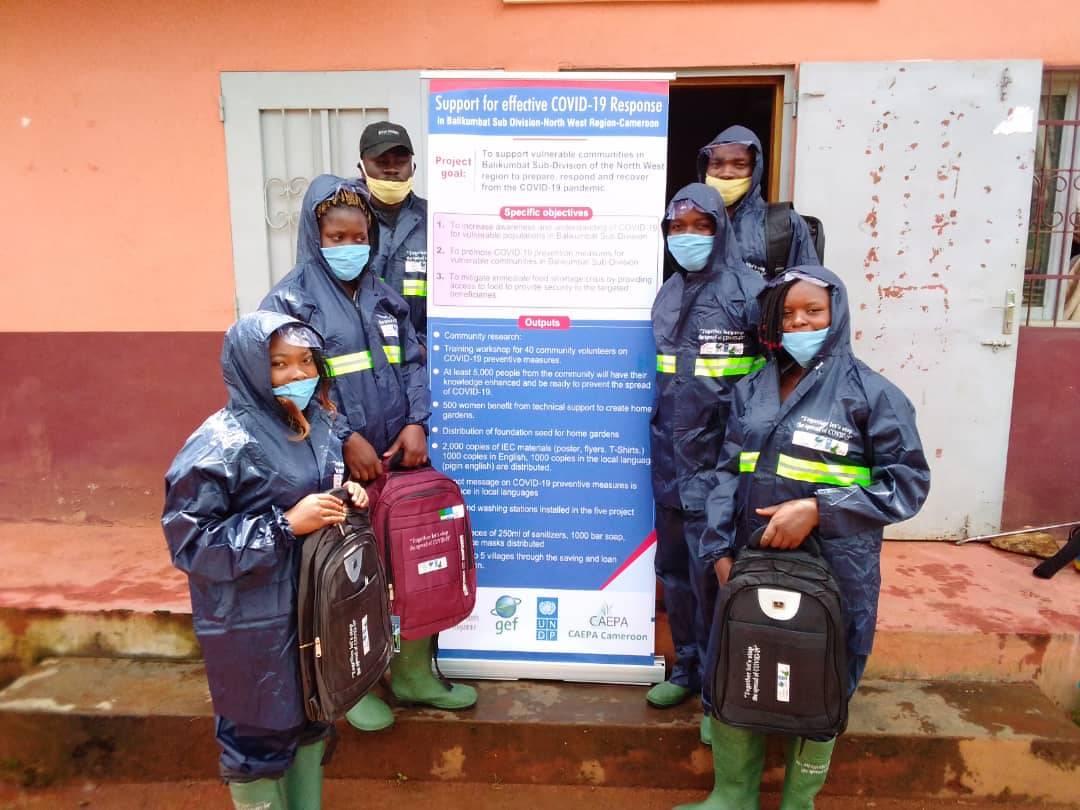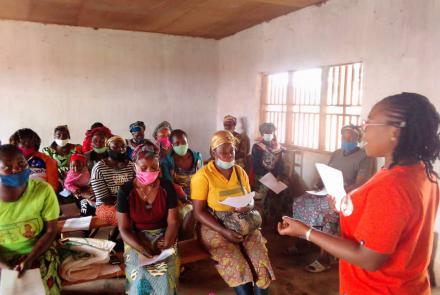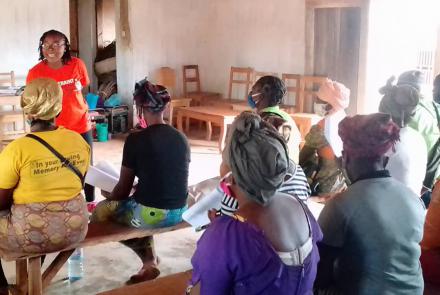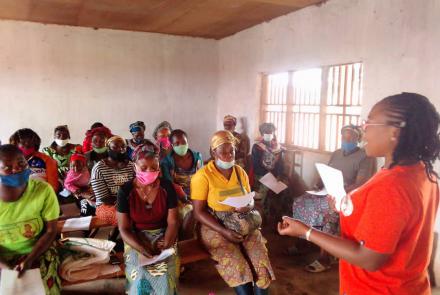SOCIO- ECONOMIC IMPACT OF COVID 19 ON CAMEROON WOMEN
The COVID-19 pandemic comes as a nightmare for the people of Cameroon who are already reeling under the incursion of Boko Haram with3.9 million people in need of emergency assistance. From March to early June, Cameroon’s ten regions have seen a sharp increase of COVID-19 cases to nearly 9,000. While the immediate problems of handling the pandemic exist there are the other socio economic repercussions of te pandemic across broad sectors of the population. Economic activity has been severely curtailed as restrictions and social distancing have become the norm in these times. Funding from the governments and other institutions are not forthcoming as there has been a change in focus to managing the COVID-19 crisis. At the same time, existing support from the government and other institutions has largely been insufficient.
Women, in particular, are being subjected to additional burdens as a result of the pandemic having to take on extra work, particularly in the domestic sphere. Further, the migration of women back to rural areas, induced by the pandemic, seems to have resulted in a decreasing income and earning potential. The COVID-19 outbreak has added significantly to the already existing hardships. One recent report by UN Women (in Palestine) found that the pandemic would likely “exacerbate gender-specific risks and vulnerabilities” and identified a significant increase in gender-based violence against women during the pandemic.
In order to gain further insights into the socio-economic impact of COVID-19 on women in Cameroon, a field research study was conducted by CAEPA with a total of 180 individuals living in Bamenda. Out of all survey respondents, 119 (66%) were women, while 61 (34%) were men. The purpose of the study is to enable better health, social, legal services, and for promoting Covid related prevention strategies. Respondents in the survey covered a broad range of income sources, 92 (51%) reported that their primary income came from wages and salaries, 38 (21%) agriculture, 38 (21%) business, and 12 (7%) others. However, the survey also revealed that the sources of income had changed significantly post the pandemic. More respondents reported that their income now depended on others and personal savings rather than income from salaries, wages, and agriculture as these income sources have reduced.
Survey responses indicated a significantly detrimental impact on the social and economic lives of women living in Bamenda, 96% of participants agreed that the COVID-19 lockdown has affected their livelihood. In terms of primary impacts, ‘increased domestic work for women’ was emphasized as the most significant impact by participants followed by ‘increased demand for food by family members’ and ‘increased pressure from family’. A large majority of respondents also agreed that COVID-19 has impacted them, and the women in their communities, in a variety of ways. All 180 respondents agreed that public amenites, such as schools, clinics, roads, community centers, markets, had been affected. It was observed that a majority of respondents experienced negative thoughts, fear, panic, or anxiety upon hearing of COVID-19 cases in their state. These responses suggest that the COVID-19 outbreak has introduced a wide range of challenges to individuals and local communities in Bamenda and additional burdens which fall most heavily on women.
Analyzing and based on survey findings, a few recommendations are made to encourage a more effective response to the socio-economic challenges caused by the COVID-19 outbreak. Firstly, as women are at risk of experiencing socio-economic difficulties; unlike men, and are often expected both to earn income and carry out the majority of domestic work, the COVID-19 outbreak has made both of these tasks significantly more challenging and thus may be disproportionately affecting women in Cameroon. Responses should attempt to be comprehensive and wide-ranging in scope, emphasizing both public health measures, such as distancing or testing, while simultaneously seeking to provide social and economic support. Secondly, the effects of identified impacts should be further explored to develop a more comprehensive picture of cause-and-effect relationships which could be useful for developing effective solutions.






